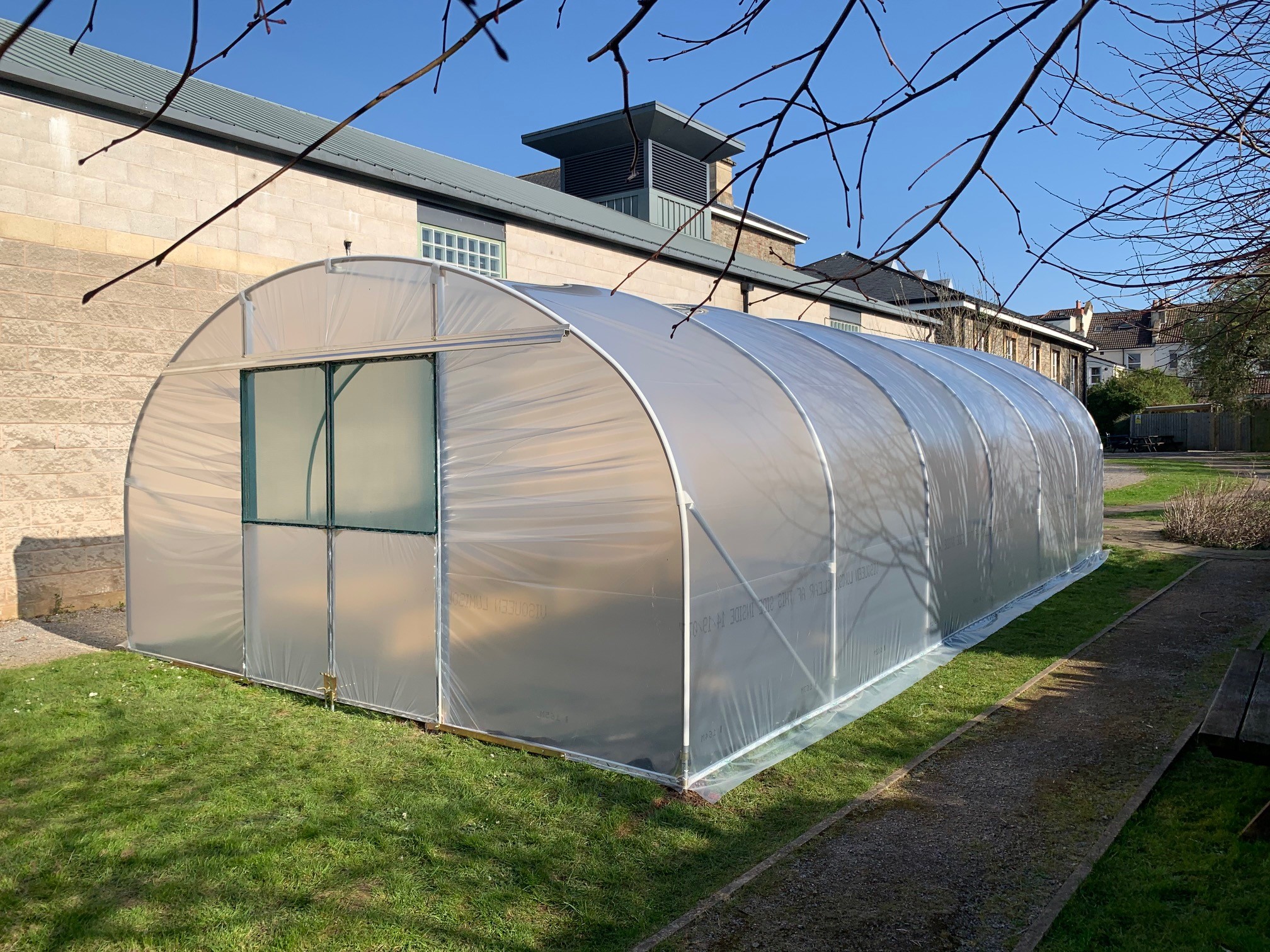Polytunnel ventilation is vital to successfully growing your plants, vegetables and produce. Not only does the correct ventilation help with temperature control in your greenhouse, but it can help to reduce humidity and prevent common plant diseases, increasing your chances of a successful harvest.
Ventilating your greenhouse is important for a number of reasons:
- Maintaining a thriving climate
- Reducing the spread of disease
- Promoting good air circulation
- Keeping a consistent comfortable temperature
Ventilation can help keep your greenhouse a little cooler in the day, but be closed at night, to maintain a more constant climate. This helps to keep your plants as comfortable as possible at all hours, allowing them to thrive.
Disease is also an important factor. Hot and humid conditions with stagnant air will help diseases to take hold of your crops and allow them to spread like wildfire through your tunnel. Good air circulation will help prevent diseases initially and keep them in control if they do take hold.
What ventilation should you consider for your polytunnel greenhouse?
Doors
An obvious solution, however, it is common practice to see polytunnels with their doors propped open during the summer to promote ventilation and pollination.
This does leave your tunnel vulnerable to pests looking to nibble on your flourishing crops, though this can easily be resolved with some strong netting.
Depending on the length of your tunnel, your door may be enough to maintain the temperature, commercial tunnels for instance, require a more robust ventilation system to reach the central hot spots and roof.
Our polytunnel doors are available with PVC ventilation panels, allowing the perfect middle ground in smaller tunnels, when you are looking to maintain circulation without keeping the door open.
Side Vents
Larger greenhouses struggle with stagnant air in the middle where open doors cannot circulate. The best recourse for this is to opt for some side ventilation. This allows air to flow directly into the hot pockets of your tunnel and can be closed during cooler months, allowing better control over the temperature of your tunnel.
Depending on the width and placement of the tunnel, you can install side vents on one side or both. A more exposed tunnel may only need side vents down one length, but a sheltered tunnel will not see the same results and may require both sides to be open to ventilation. Side vents work in conjunction with open doors, allowing full circulation through the tunnel.
Roof Vent
For people looking to release heat as opposed to promoting circulation, a roof vent may be the perfect solution. Cord operated with a spring closing mechanism, this is a great way to control the temperature in your tunnel. If you have concerns over adding side vents, then opening doors can introduce fresh air, while the roof vent releases the heat and humidity.
Greenhouse Ventilation Considerations
Another key thing to remember with polytunnels is that height and length factor into how much ventilation you will need, as well as the placement of your polytunnel. Though longer tunnels are prone to hot spots of stagnant air, tunnels with more height will have better air circulation.
As tempting as it is to buy a long low tunnel to optimise growing space in your garden, ensure it is ventilated properly. This will help you have the healthiest plants that are not plagued by disease or baked.
Should you have any questions about ventilating your hobby polytunnel, then please speak with our team.






